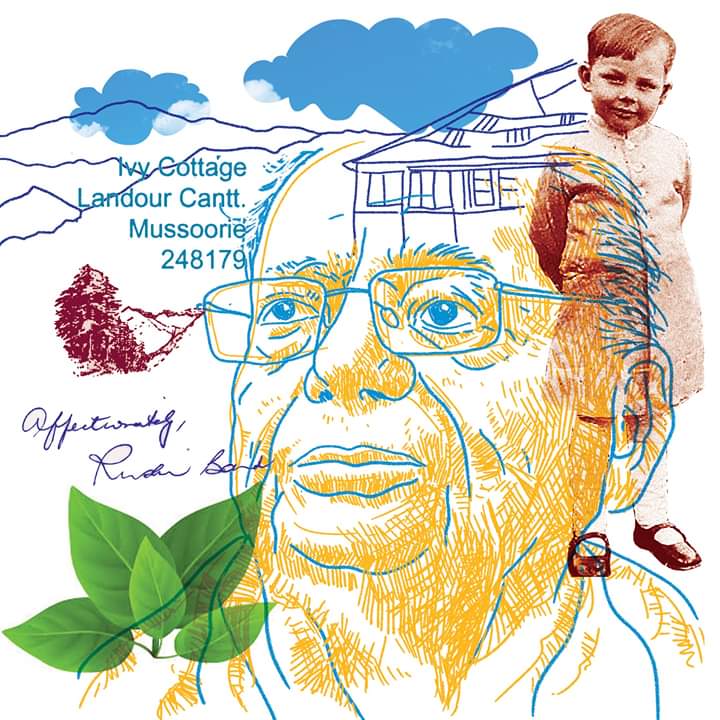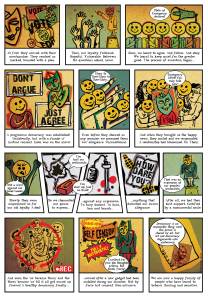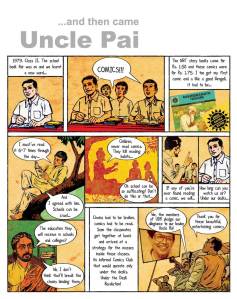The creative mistakes of globalisation
This book attempts to coerce Indian Patua art into a graphic novel but falls flat, says Vishwajyoti Ghosh
 |
| I See The Promised Land Arthur Flowers, Manu Chitrakar & Guglielmo Rossi Tara Books 138 pp; Rs 550 |
THIS GRAPHIC novel on Martin Luther King Jr is a product of creative globalisation. The author Arthur Flowers, a performance poet and American academic, considers himself heir to the western written and African oral traditions. Here he collaborates with Manu Chitrakar, a Patua artist of West Bengal, and his tradition of singing storytellers who unfold their stories visually through painted scrolls. With our thriving traditional visual practices, sooner or later this “jam session” (as the blurb calls it) had to happen in India. Channel [V] and animators have been on this bus for a while now; graphic novels have just hopped on with books like Lie, Bhimayana and I See the Promised Land.
Flowers writes lyrically in Afro-American English and the book reads well. Today, though, historical narratives are often challenged as the reader looks for something more. This book is a creative interpretation, humanely highlighting King’s prophetic vision and his alleged dark side. Still, it’s surprising to see King’s clarion call of “I have a dream” as a mere mention and not the strong double spread one expected.
Playwright GP Deshpande once said that “folk art can be very seductive”, which is a danger visible here. One misses a strong singular visual representation of King — the few references of Gandhi appear much more distinctive. It becomes clear the artist is illustrating, not co-writing, much less co-conceiving. Chitrakar is interpreting a foreign subject and a space in his own style, and there’s nothing wrong with that. But the dissonance lies between the points when he chooses to interpret more freely vs when he doesn’t. For example, he interprets ‘I have a dream’ as text in Bangla over a few placards and King’s thoughts on destiny, the Gods and the divine forces through Hindu iconography. The black jazz player may be in Patua style but he stays in a suit and plays the sax.
 |
| Illustration: Mayanglambam Dinesh |
|
One senses the images were conceived as free-size illustrations and then abridged, truncated and coerced into boxes for a modern graphic novel. And this brings in the third player, graphic designer Guglielmo Rosi, who re-reinterprets the structure, words and visuals through his layouts that open yet another dimension. In my opinion, design in a graphic novel should effortlessly facilitate the narrative. This book’s layout loses its lyrical text and vibrant illustrations, uses an overbearing typeface and creates three distinct, strong aesthetics working upon-each-other rather than with-each-other.
To quote King: “All I’m saying is simply this, that all life is interrelated… Whatever affects one directly affects all indirectly. For some strange reason, I can never be what I ought to be until you are what you ought to be. You can never be what you ought to be until I am what I ought to be. This is the interrelated structure of reality.”
With words, visuals and design, so it is with graphic novels.
Ghosh is the author of the graphic novel Delhi Calm
View original post: http://www.tehelka.com/story_main49.asp?filename=hub210511Creative.asp










